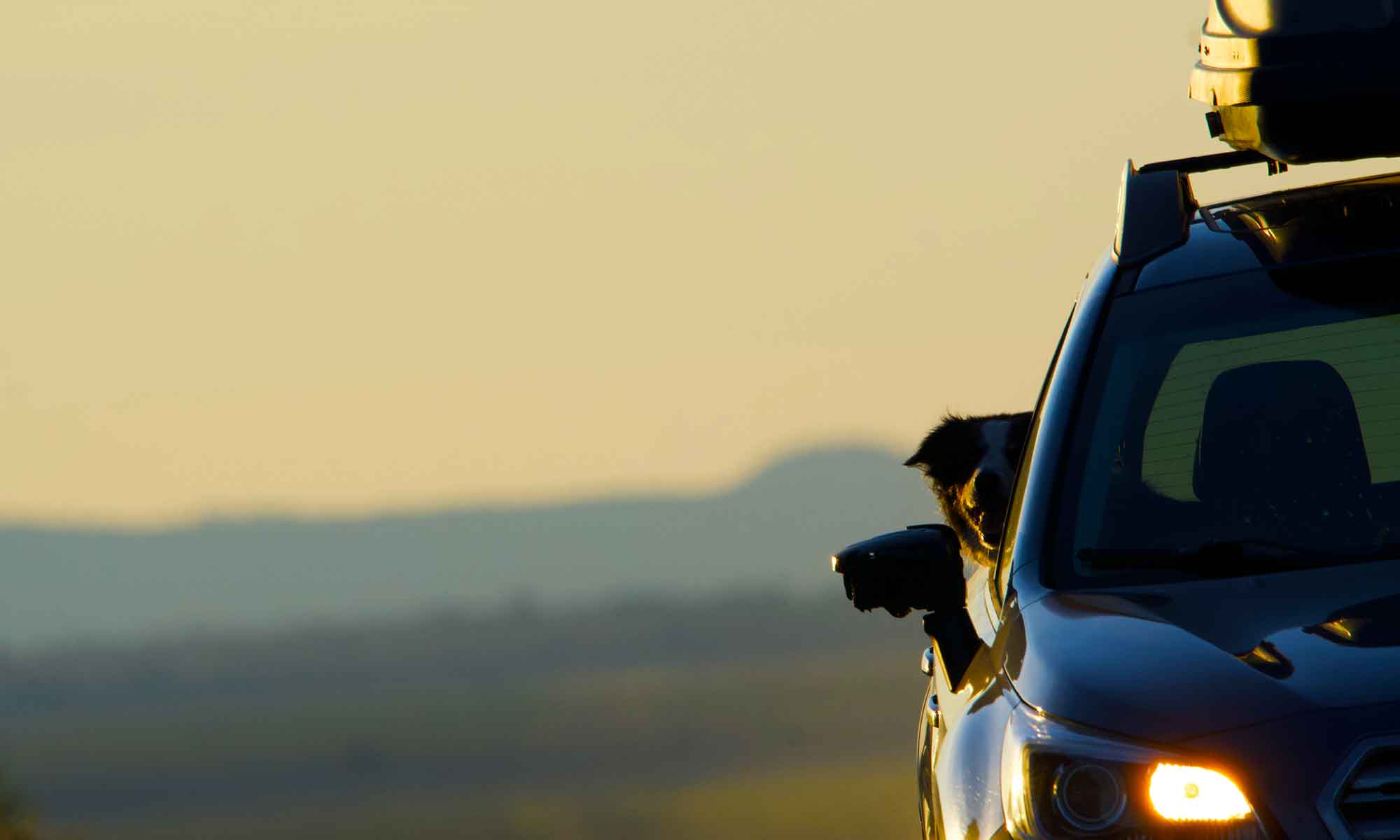
It’s the first of May and aside from Maypoles or the Wobblies, we’re hoping it really does mark the start of spring.
Ancient Brits, the Celts actually, celebrated ‘Beltane’ as the return to life and fertility. These festivals didn’t imigrate to the new world, as they were discouraged by the Puritans. However, May Basket Day did, to some degree, and I’ve a faint childhood memory of handformed paper cones filled with flowers, candies and treats, as something my mother did.
April was a record breaking wet month. Good for the rivers, but not so much for our excursions. Weather aside, we have managed a couple of road trips.
A return visit to Summer Lake allowed us to catch up on migrating flocks.

These regular visits have provided us with a wealth of bird pix’s and a much better understanding of what to expect in the lakes. reeds and marsh lands. This trip we made an effort to collect a larger library of sounds to lay under videos.

 As always we spent some time on the Crooked River. Levels are coming up which bodes well for better fishing in the future.
As always we spent some time on the Crooked River. Levels are coming up which bodes well for better fishing in the future.
However, at the moment, the birds and wildflowers hold most of our attention. At one of our favorite parking sites there was an osprey.

Looking forward to increases in temperatures and more sunny days coming up. The Middle and Lower Deschutes, above Maupin officially opened and the stoneflies are starting to hatch. We also have to make a swing by Spring Basin to check on wildflowers. In all, the summer calendar is filling up.
























 On the bright side, snowpack in the mountains is closer to normal. However, we didn’t attempt any road trips all week. These morning snows would mostly melt away by late afternoon, at least on the roadways. But it brought our adventures to a standstill.
On the bright side, snowpack in the mountains is closer to normal. However, we didn’t attempt any road trips all week. These morning snows would mostly melt away by late afternoon, at least on the roadways. But it brought our adventures to a standstill.














































